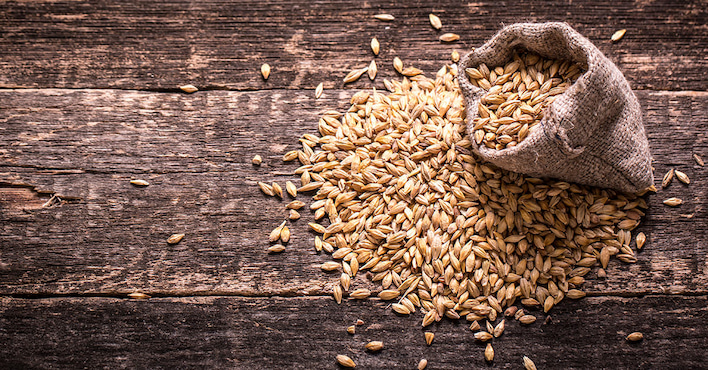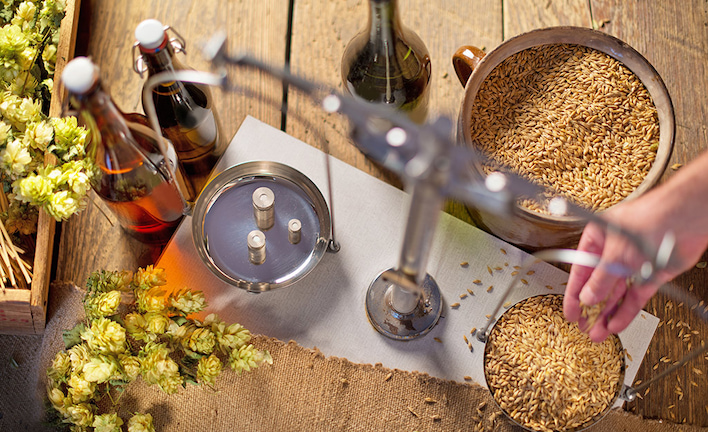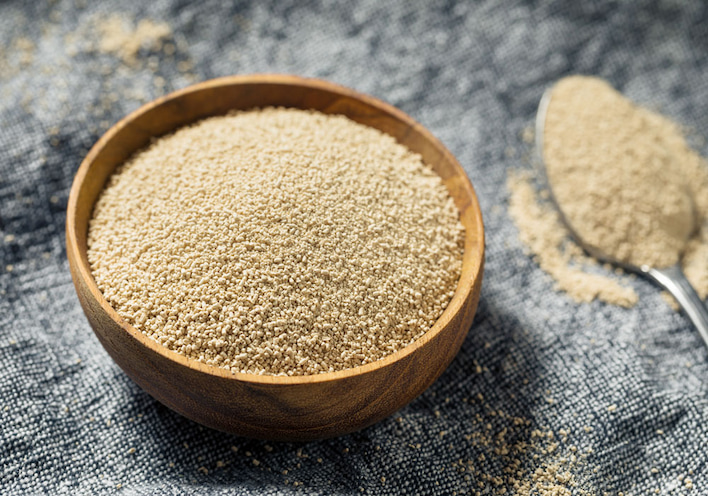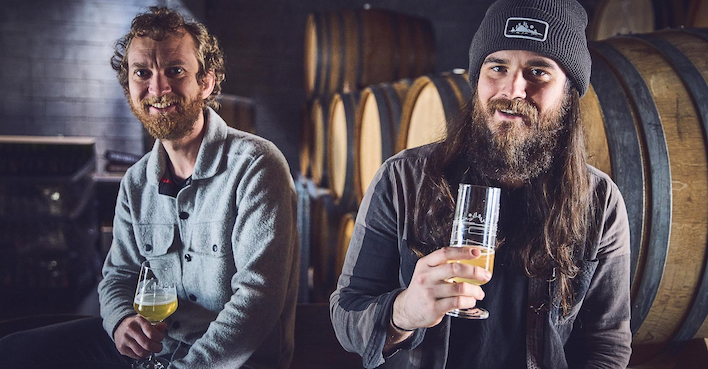The Australian beer industry has been expanding for a very long time, and it continues to do so. A lot of bigger and smaller breweries are registered each year. Many of those started as a hobby and turned into a real passion. With just a homebrew kit and beer brewing supplies people started the job of their dreams.
Homebrewing is not hard to do. It’s not too easy as well because it requires precision and patience, but it’s worth it. At the end of the day, you get a product you create yourself and you get to enjoy it. If you want to do this, now is the time to get your own kit.
Basic Beer Ingredients
Just like with cooking or science experiments, the ingredients are key to a successful brew at home. There are so many combinations you can make by buying high-quality home brew supplies from the best supplier and mixing and matching them as you wish. They alter the flavour, alcohol quantity, colour, and flatness of the beer.
Malt Extract
Manufacturers create malt extract by taking malted barley and extracting the sugar from it. They use sophisticated machinery to evaporate most of the water. This procedure is carried out in a vacuum machine. The water boils at lower temperatures because of the reduced pressure inside. This leads to the final product, sweet wort, being less damaged. After this, the wart is either powdered or reduced to a syrup.
There are two types of malt extracts, LME or liquid malt extract and DME short for dry malt extract. In the first case, you’ll encounter a liquid, thick substance that resembles syrup. The second one is in powdered form. The main difference between them is the amount of water they contain. This also leads to different sugar levels. So, if you find yourself trying to substitute equal amounts of dry and liquid malt, don’t. Take precise measurements and calculate the right sugar and water levels you need.
Hops
The hops people use for brewing derive from the female parts of a plant called Humulus lupulus. This part is preferred because it’s rich in alpha acids. This type of home brew supplies regulates and decides on the bitterness of the final product, the beer. If the hops have a higher level of alpha acids, the beer will be more bitter. If you want to thin it out and reduce the bitterness a bit, you should boil the hops in water for a few hours. These acids are not consistent in their levels every year. So, if you can, do a couple of tests to determine the right bitterness level for you and then do the whole batch.
Grains
Fresh grains are best when you brew your home beer. Always keep an eye on this before buying them. Ask around and search for reliable producers that won’t sell you something that’s six or more months old. The fresher they are, the better the beer will be. When you mix the grains with some malt extract you can create some new aromas, flavours, and colours.
You’ll first need to grind the grains. If you can’t do it at home, take them to a local brewery and they can do it for you. Start the brewing process as soon as the grinding is done. Don’t let them sit for more than four months. Otherwise, they’ll lose the aroma and will produce tasteless and odourless beer.
Yeast
Did you know that people were making beer before they realised that yeast is one of the crucial home brew supplies? Yeast is a single-celled fungus that consumes the sugar inside the malt and makes alcohol and CO2. You can find it in liquid and dried form. A lot of people in the past avoided dry yeast because it was not as efficient as liquid one. But nowadays they can create the same effect, or an even better one.
Water
If you didn’t think the water was important in the brewing process, think again. Since almost 90% of the beer is water, it’ll very much affect the final product. The water should be odourless, tasteless, clean and with a medium pH level. Beginners stick to distilled water, but more experienced brewers experiment and use tap water that doesn’t contain chemicals like chlorine.
Types of Beers You Can Make
You have a lot of options when you have a brewing kit at hand. People experiment with the ingredients and different types of beers. Lagers, for example, are still explored and reinvented because of their recent discovery. You can create some new refreshing flavours on your own as well. Ales on the other hand are much older. They also take less time to brew which makes them some of the most common homebrewed beers.
Porters are roasted-flavoured and dark. Depending on the type of malt you choose, you can experiment with the flavours and get them to be fruity or dry. Stouts, which are also considered dark beers, pair well with bitter flavours like coffee. Making blonde ales during the summer will be fun for you. They have traces of bitterness and are sweet and light in colour. They can be the favourite at your BBQ parties in the backyard.
Brown ales can have different tastes and colours. You can combine the beer brewing supplies with chocolate, caramel, nuts, or citruses. If you’re more into spices, then pale ales are the choice for you. They also work well with citruses. Pilsners will give you a more hoppy flavour if that’s your jam. They’re bitter, dry, and perfect for the summer.
Brewing Equipment You Need
The brewing kit contains several essentials that are absolutely necessary for making your own beer at home. The first one is the brewing kettle where you boil the wort. It’s most commonly made of stainless steel because of the durability of the material. It can also be made of copper or aluminium. Having a built-in thermometer can be very convenient.
If it has a capacity over 15kg there should be a ball valve. This way you can easily transfer the liquid to another container. The second one is a propane burner. These types of burners can heal large containers in a shorter period of time. The fermenter is the third essential. This is the container that allows the beer to ferment and get its alcohol content.
Next is the mash tun that you can find in two variations: gott-style mash tun and false bottom brew kettle. The final two are the bottle filler and bottle capper. They’re here for the final phase of the brewing process, the bottling. They may not be as essential but can make the whole experience much easier and more fun.








